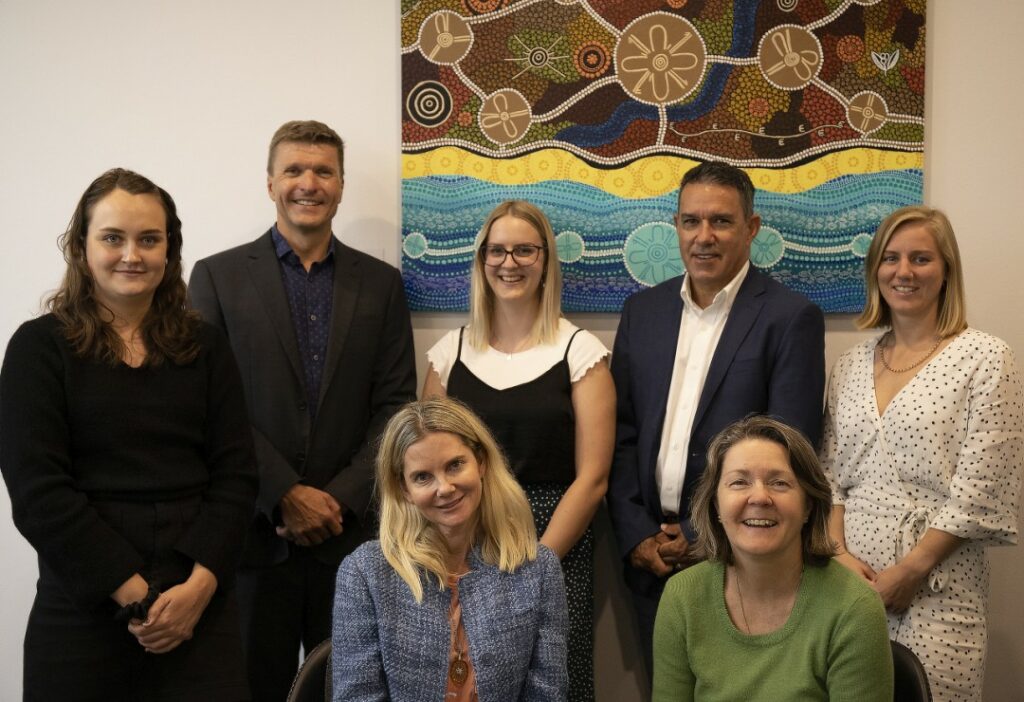Reconciliation Action
ASHM is committed to continuing our reconciliation journey with an Innovate Reconciliation Action Plan (RAP), which will outline actions that work towards achieving our unique vision for reconciliation.
As the peak organisation representing health professionals in the field of HIV, viral hepatitis, and sexually transmitted infections, we are committed to promoting an inclusive and diverse workforce that prioritises cultural safety and culturally responsive practices. Our vision is to create a healthcare system that is safe and welcoming for Aboriginal and Torres Strait Islander health practitioners and communities.
To achieve this vision, we have developed an Innovate Reconciliation Action Plan (RAP) that outlines the steps we will take to advance our reconciliation journey. The RAP has been a collaborative and enlightening process, and it goes beyond the goals of the Reflect phase. Through this process, we have gained a deeper understanding of the diverse cultures, histories, and perspectives of Aboriginal and Torres Strait Islander peoples, and we are committed to using this knowledge to inform our everyday work.
We recognise that reconciliation is an ongoing and continuous journey that requires meaningful action and change. Our Innovate RAP is just one step towards achieving this goal, and we are committed to engaging in practical ways to strengthen our work with Aboriginal and Torres Strait Islander colleagues, communities, and partners.
You can learn more about our reconciliation journey, in these short videos presented by Rob Monaghan and Charles Gilks. We invite you to join us on this journey towards a more inclusive, culturally responsive, and safe healthcare system for all.

The artwork I have created for ASHM represents our old ways, our Lore and our traditional medicine, embedded into the modern life of today’s Lore (law) and medicine. The middle circles represent our old traditional ways of Life passed down through the generations, the surrounding circles are the adaptions of the modern ways of our families living in today’s society. We will always be connected to the new and old ways no matter what we are doing or where we are. The white berries represent our traditional medicines, and the “Wiyunggir” the cleverman that holds the lore of this medicine. The white dots represent the modern medicine that lives alongside our traditional ways of today. The bronze circles represent our sacred places hidden from society, blending into our way of life yet standing close to us. The background flow and colours represent our cultural way of life, hunting, gathering, fishing, song-lines and waterholes. The colours of the sand and ocean represent our connection to the Torres Strait Islander people and their culture a connection that has been long-standing. Booglebeh (thank you).
Artist: Bianca Monaghan, Bundjalung, Family from Baryulgil.
Reconciliation updates
The ASHM Innovate Reconciliation Action Plan has been published!
ASHM acknowledges the Traditional Owners of Country across the various lands on which our staff live and work. We recognise their continuing connection to land, water and community and we pay our
ASHM statement supporting the Voice to Parliament
Later this year a referendum on a Voice for First Nations People will be put to the Australian people. The referendum will ask Australians if they support a change to

